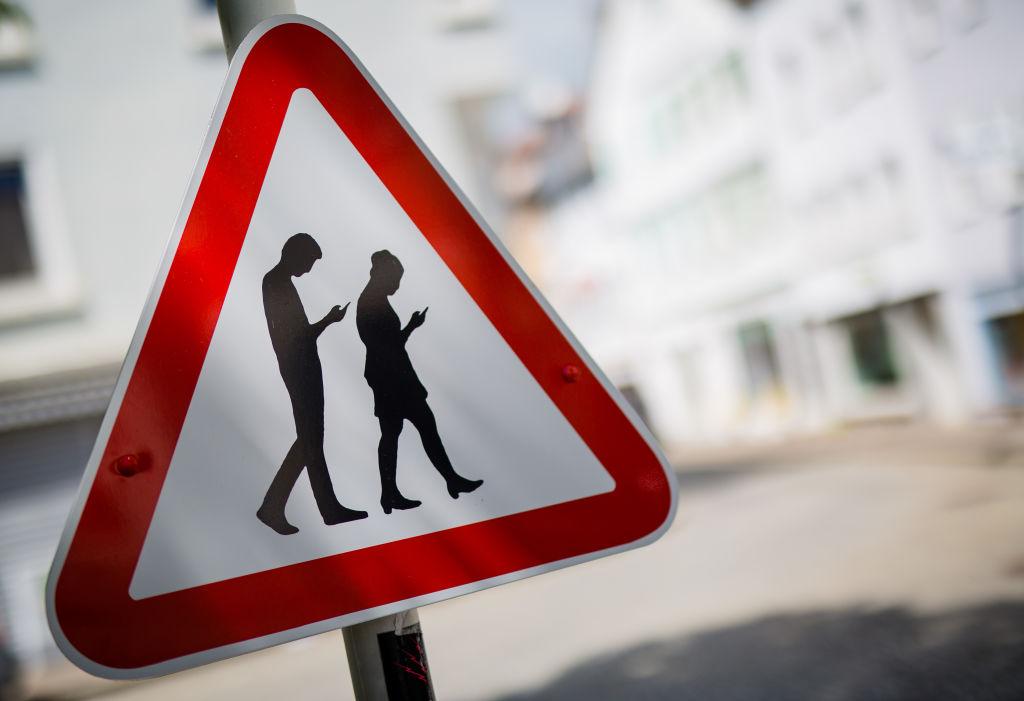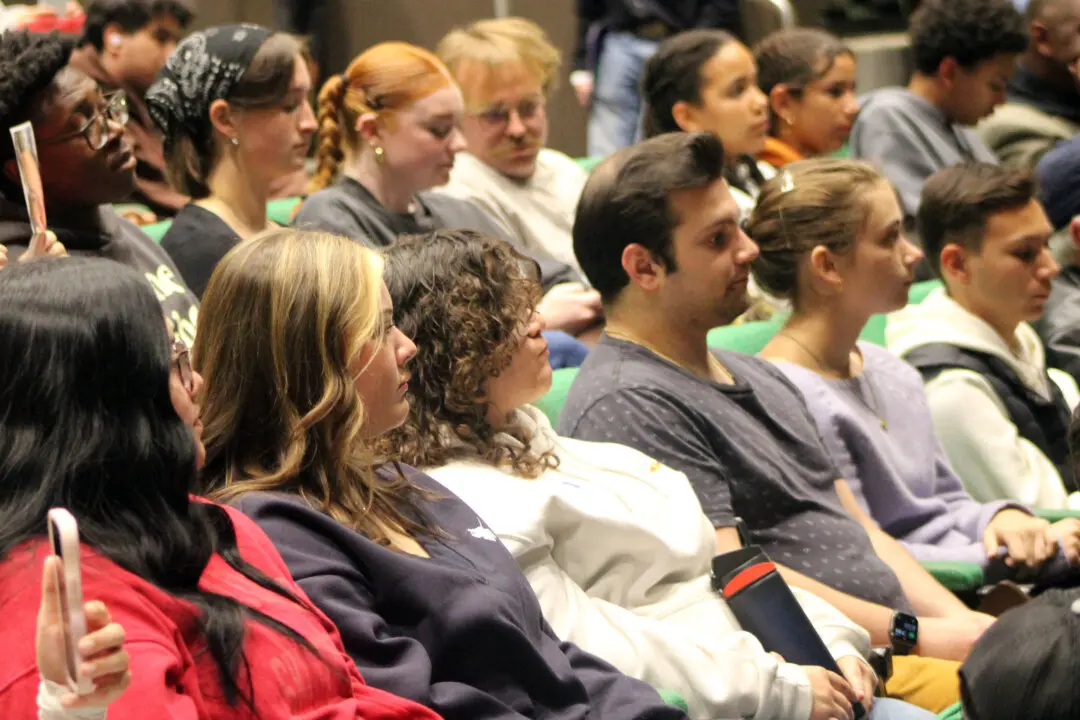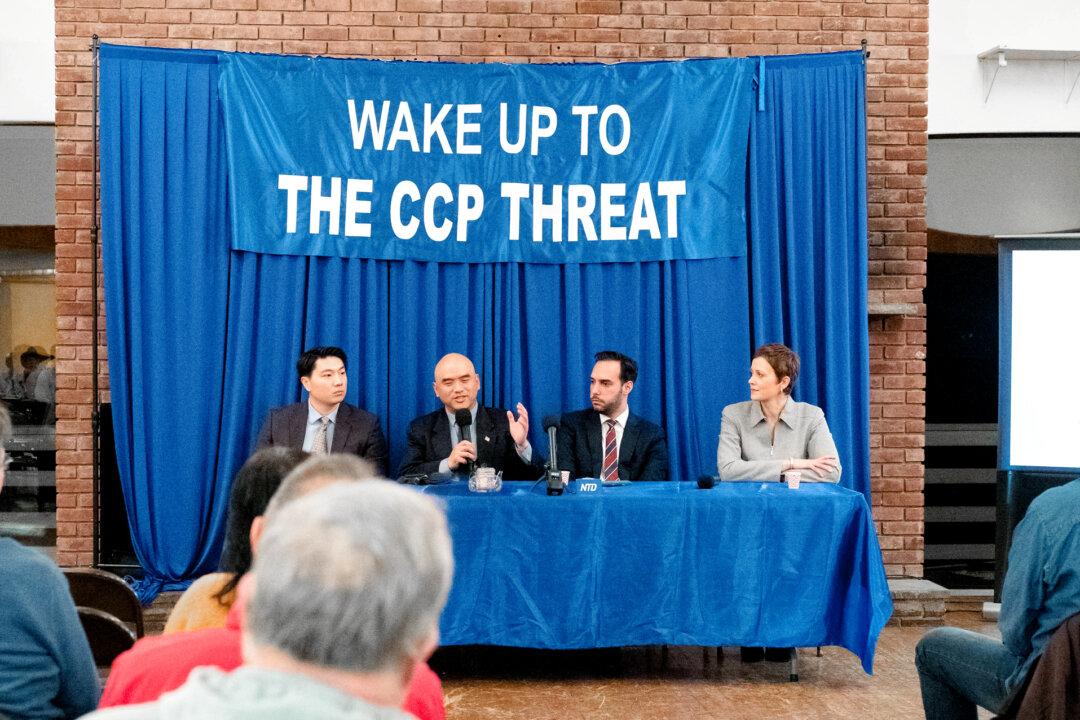Commentary
It was recently reported that the superintendent of the Los Angeles Unified School District is going to ban the use of student phones during the school day starting in 2025. It’s likely that several other districts will jump on the bandwagon. Sacramento has also shown an interest in barring phone usage during the class day, a step up from legislation passed in 2019 granting school districts the authority to limit students’ use of smartphones.





